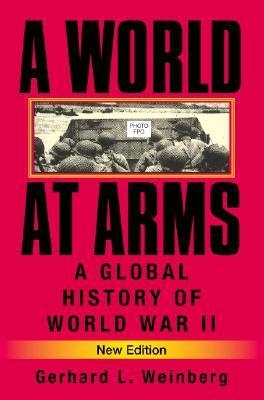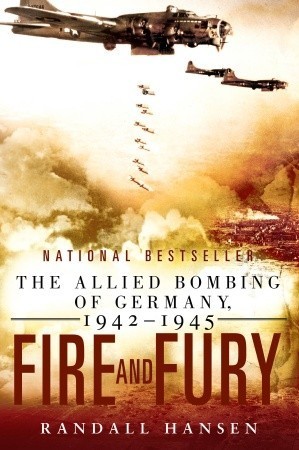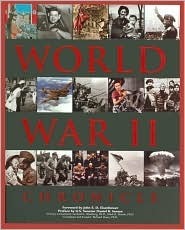
A World at Arms: A Global History of World War II
Book Description
A clash of titans erupts across continents, as nations plunge into the chaos of World War II. Gerhard L. Weinberg's 'A World at Arms' delivers a sweeping, cinematic exploration of this global conflict, weaving together gripping narratives of bravery, betrayal, and the relentless struggle for survival. From the trenches of Europe to the battlegrounds of the Pacific, every page pulsates with the visceral reality of wartime decisions that shaped history. With insights that reveal the profound impact of strategy, ideology, and human resilience, this is a story of humanity's darkest hours. Will you dare to witness the world transformed by war?
Quick Book Summary
"A World at Arms: A Global History of World War II" by Gerhard L. Weinberg is an authoritative and sweeping analysis of World War II as not just a series of regional conflicts, but as a fully interconnected global war. Weinberg explores the political, economic, and military developments across Europe, Asia, Africa, and the Americas, showing how decisions in one theater reverberated around the globe. He delves into the motivations and ideologies that shaped the strategies of both the Axis and Allied powers, contextualizing military campaigns within social, cultural, and industrial transformations. Beyond battles and leaders, Weinberg emphasizes the impact on civilians and the far-reaching consequences of the war. This comprehensive narrative illuminates the enormous human costs and the enduring legacies of the conflict for the twentieth century and beyond.
Summary of Key Ideas
Table of Contents
Interconnectedness of Global Conflict
World War II was not simply a collection of separate regional wars but a thoroughly global conflict, with events and decisions in Europe, Asia, Africa, and the Americas profoundly influencing each other. From the German invasion of Poland to Japan’s expansion in the Pacific, Weinberg demonstrates how seemingly local strategies and engagements were part of a broader, interconnected struggle. The war saw alliances shift, with nations forced to react to developments far afield, turning distant fronts into critical arenas of the world’s fate.
Impact of Ideology and Leadership
Central to the conduct and outcome of the war were the ideologies and personalities of its leaders. Weinberg examines how the visions, ambitions, and prejudices of figures such as Hitler, Stalin, Churchill, Roosevelt, and Hirohito shaped both grand strategy and humanitarian policy. The clash between democracy, fascism, and communism not only defined military aims but also drove genocide, occupation policies, and plans for postwar order.
Strategic Decision-Making Across Theaters
Decision-making by both Axis and Allied leaders was marked by complexity and often plagued by uncertainty. Weinberg delves into how strategic choices, such as opening new fronts, resource allocation, and the timing of offensives, profoundly impacted the course of the conflict. The interdependence of different theaters meant that a defeat or victory in one region could bolster or undermine entire coalitions, influencing supplies, morale, and the broader direction of the war.
Civilian Experience and Social Transformation
The war’s reach extended far beyond soldiers and politicians to reshape civilian lives globally. Weinberg highlights the devastating impacts of occupation, aerial bombing, and genocide, particularly on European Jewry and other vulnerable groups. Societies experienced rationing, displacement, and economic mobilization on an unprecedented scale, transforming gender roles, labor practices, and the very fabric of daily life in warring and neutral countries alike.
Legacy and Long-Term Consequences
In concluding, Weinberg considers the war’s immense and lasting legacy. The defeat of fascism, revelations of the Holocaust, the birth of the United Nations, and the onset of the Cold War all stemmed from choices and experiences of this global conflict. Rebuilding shattered societies, reconfiguring borders, and creating new systems of international relations were challenges that shaped the decades to follow, leaving an indelible mark on the modern world.
Download This Summary
Get a free PDF of this summary instantly — no email required.





